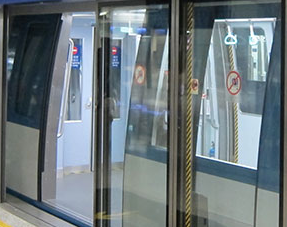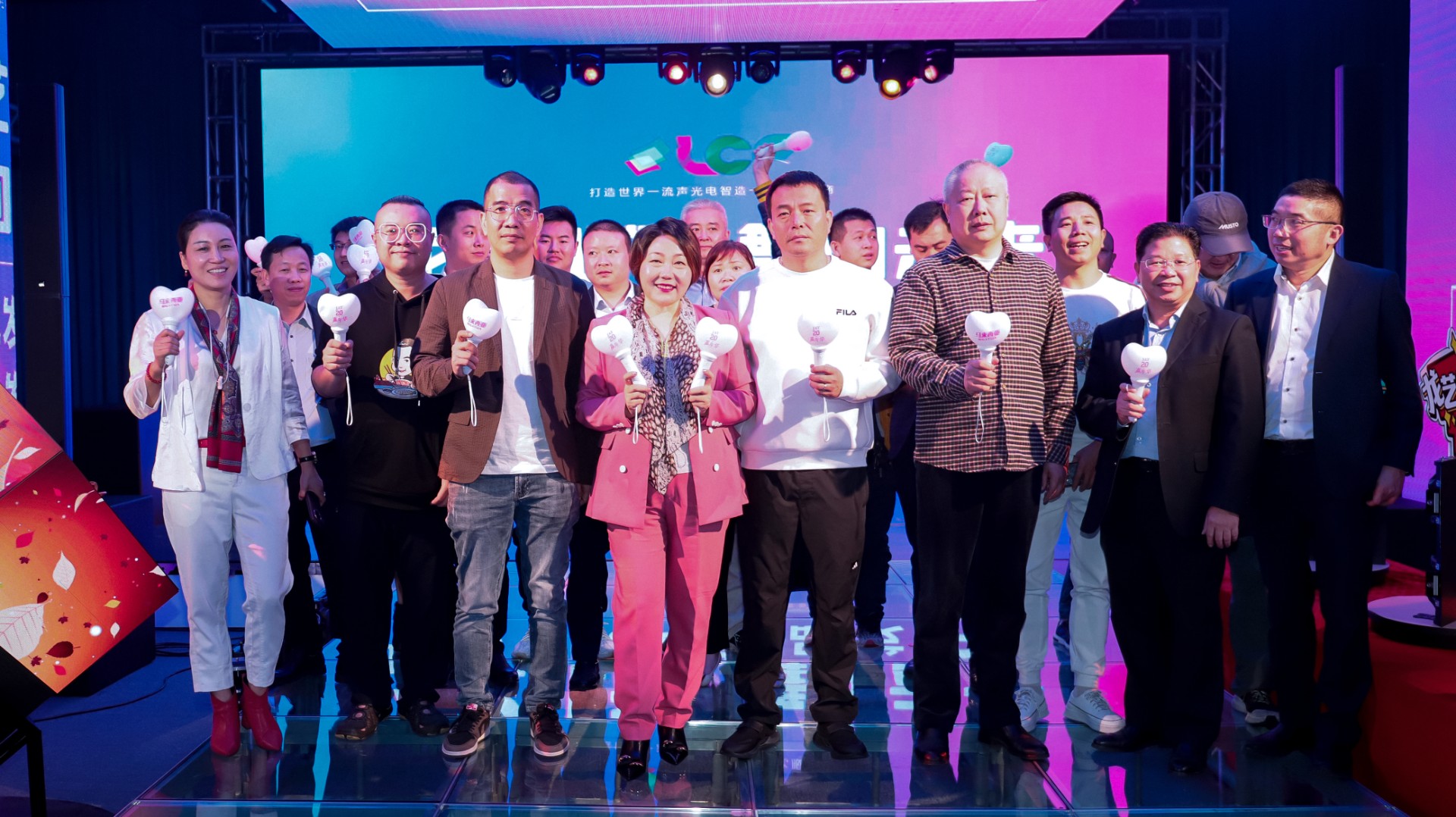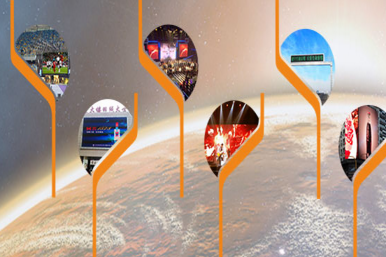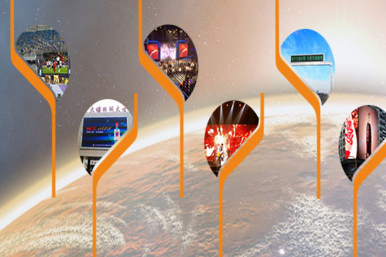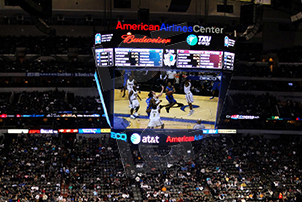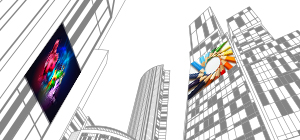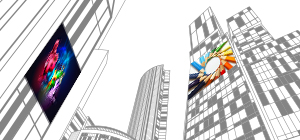Publisher: Supplier of LED Display Time: 2017-05-12 11:02 Views: 4534
Not long ago, LCF launched its latest visual display product: a 34-inch LED cinema display equipped with HDR high dynamic range image technology. It is the world's first cinema display equipped with this technology. Lianchengfa said that the display supports 4K resolution, which has gone beyond traditional projection technology and can bring extraordinary visual enjoyment to the experiencer in terms of image quality. The company will open its Movie screens in Korea and the U.S. in the first half of this year and launch the screens globally at the end of the year.
Until now, LED screens have been used in only a small part of cinemas, such as the big LED screens at ticket offices that scroll through movie schedules. Clearly, LED displays have a lot of room to grow in theaters. Lian Chengfa's move seems to mean that from now on, LED screens will be able to further enter the cinema market.
In August 2007, according to the relevant standards published by DCIV1.1 and SMPTEDC28 (also with emphasis on the basic principles, content and indicators of DCI), China formulated the "interim technical requirements for digital cinema" GD/ jo17-2007. Most indicators of this standard are the same as those of DCI standard, which also accommodates DCI's dominant position. It can be seen that both domestic and international technical specifications for digital films are based on DCI or DCI specifications. This means that if a digital theater is to be opened, its projection equipment, including digital movie projector and movie server, must pass DCI certification. The reference technology of DCI in establishing certification standards is DLP projection invented and carried forward by TI. And it's not just DCI organizations that love DLP. In 2009, the Board of governors of the Academy of Motion Picture Arts and Sciences recognized DLP as the industry standard for color accuracy, making it the technology of choice for movie theaters, post-production studios and 3D technology manufacturers worldwide.
To sum up, DLP technology has become an irreplaceable link in the modern film industry chain. The breakthrough of technology and cost is of course important for LED small-pitch display to enter the film market, but what is more important is how to persuade the film ecological environment composed of shooting, post-production, distribution and cinema line to abandon DLP and choose LED. It is a long road, and LED screen companies need to pay more efforts to share this pie.


